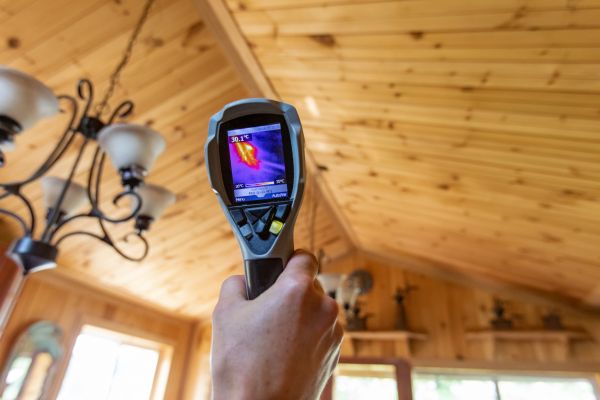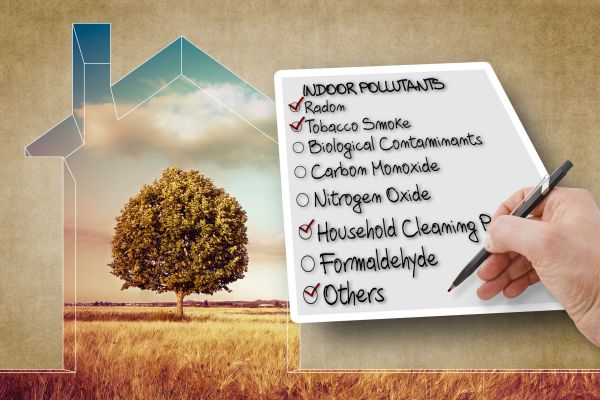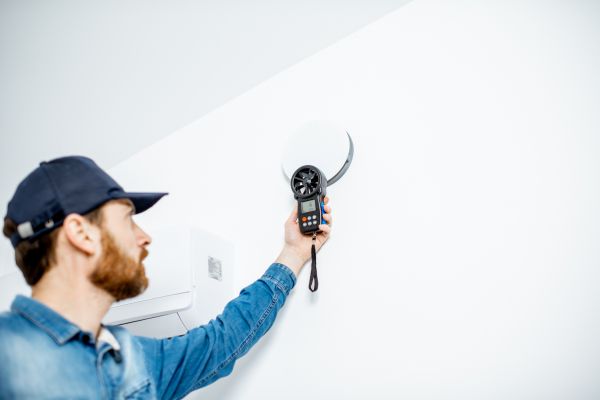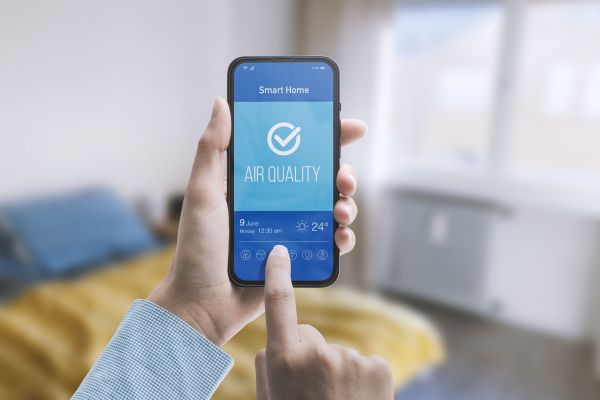FAQs About Air Quality Testing
What is air quality testing?
Air quality testing involves analyzing the air in a specific area to detect and measure pollutants such as particulate matter, volatile organic compounds (VOCs), carbon monoxide, and other harmful substances. This process helps identify potential health risks and sources of indoor air pollution.
Why is air quality testing important?
Air quality testing is crucial for identifying pollutants that can negatively impact health and well-being. By detecting issues early, you can take corrective actions to improve indoor air quality, reducing the risk of respiratory problems, allergies, and other health conditions.
How is air quality testing conducted?
The testing process typically includes an inspection to identify potential pollution sources, collection of air samples using specialized equipment, and laboratory analysis of these samples. The results are then used to assess air quality and provide recommendations for improvements.
What can I expect from an air quality testing report?
An air quality testing report provides detailed results of the pollutants detected in your environment, including their concentrations and potential health impacts. The report also includes recommendations for improving air quality, such as enhancing ventilation, using air purifiers, or addressing specific sources of contamination.
How often should I schedule air quality testing?
The frequency of air quality testing depends on various factors, such as recent renovations, visible mold, persistent health issues, or specific concerns about pollutants. Generally, testing every 1-2 years is recommended, but more frequent testing may be necessary if there are ongoing concerns or symptoms.




